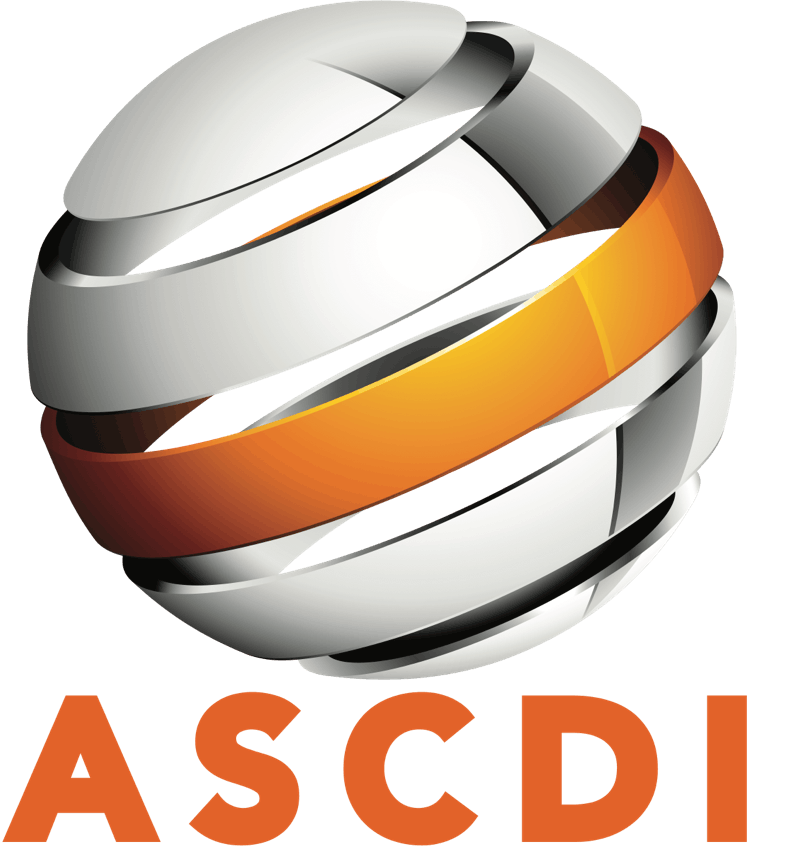Posted on Friday, July 29, 2016
Although a rapidly changing marketplace means that businesses are expected to become more flexible and responsive, some operations are more effective with long term planning.
The exponential annual growth of corporate data for instance means that the core of the storage strategy will remain constant, even if the way in which information is collected and analysed changes.
For the CTO, the ability to plan five to seven years in advance frees up time and resources that can be invested in other strategic projects. But there is one sticking point – the OEM-defined upgrade cycle.
An artificial upgrade timeline
Every storage OEM – EMC, NetApp, IBM, HPE, HDS, etc – is heavily reliant on the selling new equipment on a regular basis to keep cash flowing. To help achieve this goal, most OEMs impose an ‘end of service life’ (EoSL) deadline on every unit they produce, after which they will no longer provide support or maintenance.
The average lifespan of a unit varies, but the OEM tends to announce EoSL long before the system stops being useful to your company. Which means the CTO is always planning the next upgrade and migration project before it is physically needed.
Building your own timeline
By breaking out of this OEM-imposed upgrade cycle, the CTO can start building their own timeline – one that maximizes the return on their investment and allows them to plan further in advance. By partnering with a TPM provider, you immediately gain greater control of your product lifecycle, completing upgrades when most advantageous (and cost-effective) for your business.
What would an additional three to five years mean to you?
A typical storage purchase would consist of hardware configured to your specification and backed by a three year OEM warranty. As part of the business case supporting the purchase, you would include a standard hardware refresh in three years.
Although not necessarily the most cost-effective approach, a stronger economic climate and storage demands growing at a slower rate meant that this OEM-led strategy would generate some return on investment.
But how would your CFO and shareholders react if you could calculate your ROI with an additional three to five years by increasing the period between product refreshes?
You may find the CFO is much happier to approve additional purchases, making your job faster and easier. And the savings made could be diverted to other business initiatives. You could even invest in more storage to support inevitable data growth in future.
How do you ensure maintaining OEM quality service?
By partnering with third party maintenance (TPM) CDS we can help to extend the lifespan of your hardware for a further three to five years beyond warranty or official EoSL. Which gives the CTO total control of their timeline and allows you to plan upgrades on your own terms.
To learn more about how CDS can help your business improve its long term options – and significantly reduce support costs at the same time – please give us a call.

